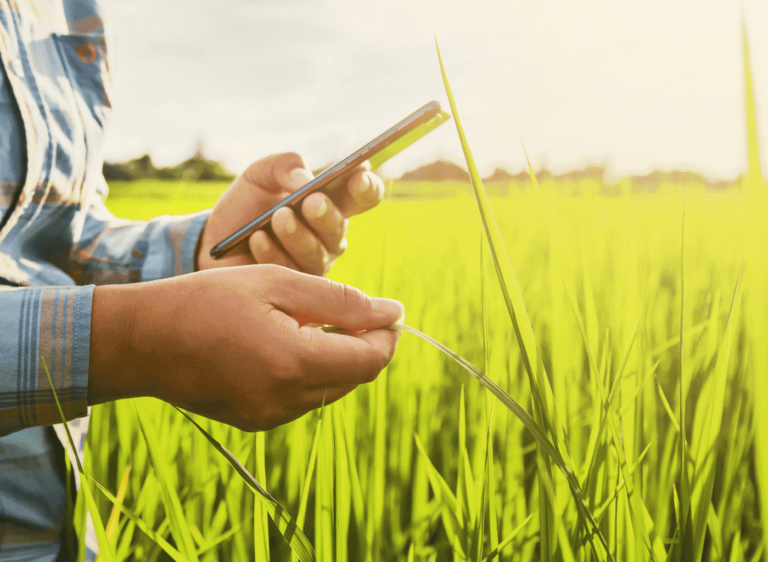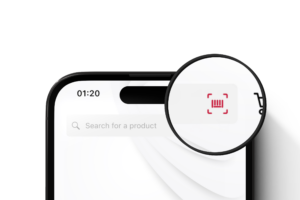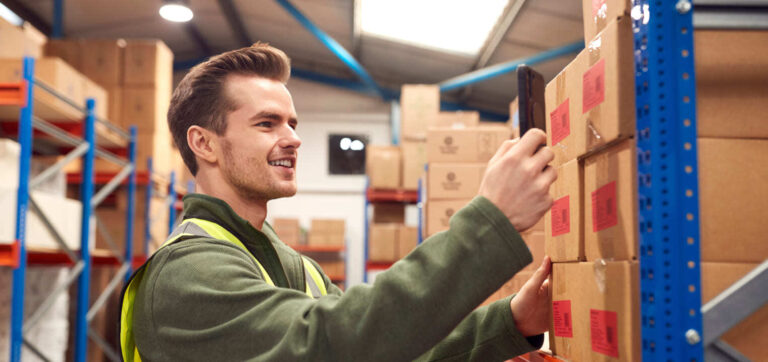Pollution and the overuse of resources significantly impact life on our planet. This year, Earth Overshoot Day—the day when humanity’s demand for resources exceeds what Earth can regenerate in a given year—fell on August 1.
The right to repair was recently discussed in the EU in light of the waste of resources. And consumers are starting to consider a product’s environmental impact before making a buying decision.
Join us as we explore how barcode technology can contribute to a future where we have to live more sustainably and what challenges might arise along the way.
How barcode technology can help us be more sustainable
Barcodes have several characteristics that make them suitable for an environment-friendly strategy. They provide the easiest way to encode large amounts of information while requiring minimal space and, if printed on packaging instead of tags, without consuming too much ink and paper. But it’s the information they contain that can be used to make more sustainable choices in retail. Consider the following possibilities.
Waste reduction through effective inventory management
In inventory management, replacing manual data entry with barcode scanning has several advantages. For example, the real-time tracking of inventory levels allows businesses to keep exact track of their stock. Combined with eliminating manual data entry errors through accurate barcode scanning and data processing, this can help prevent the overstocking and expiry of goods. In return, this reduces the waste of goods and resources.
Tracing supply chains
Barcodes also enable detailed tracking of products throughout their lifecycle, from raw material sourcing to end-of-life disposal. Retailers can trace supply chains and determine if the product fits their sustainability standards by verifying ethical sourcing and monitoring carbon footprints. Promoting these decisions to consumers keeps them in the loop about sustainable choices businesses make.
Informed consumers make informed decisions
Talking about consumers, going green is always better! These days, consumers are aware of their impact on the environment and want to be given the opportunity to make choices that align with their conscience. They can use their smartphones as barcode readers just as retail workers do and get additional information about how to recycle a product, whether it has any green certifications, how sustainable its supply chain is, and what kind of ingredients or materials it’s made of. This can be crucial in their decision of which product to buy and which to leave on the shelves.
Barcode scanners in retail
Barcode scanners allow us to quickly access the information encoded in them. Over the years, several different types of barcode scanners have evolved for specific needs.
Usually, barcode scanners consist of a light source and a light sensor that translate the optical signals from the barcode into electrical signals.
In retail, several different types of barcode readers are used depending on their capabilities, such as:
- Fixed-position scanners: At checkout counters, fixed-position scanners are used to quickly scan items as they pass by. They are usually larger and designed to be used in stationary positions.
- Wireless handheld dedicated scanners: These are small, portable devices that can be easily carried around in stores, making them the most common type of barcode scanner in retail. They can scan products, labels, and tags and are used in Scan & Go (mobile self-checkout).
- Software-based smartphone scanners: Today, even budget smartphones can scan barcodes quickly and accurately, provided they are equipped with barcode scanning software. This means they can be used the same way as handheld scanners. Mobile applications allow customers to use their own devices to scan product barcodes as they shop.
The environmental impact of traditional barcode scanners
Barcodes have unique characteristics that support sustainability in retail. However, traditional hardware-based barcode scanners just can’t keep up with them in terms of versatility.
Traditional barcode scanners are made of critical materials like lithium batteries, durable or reinforced plastic, and metal. Extracting these raw materials requires a lot of energy and produces hard-to-recycle waste. After these barcode readers have done their part, disposing of the materials is expensive and time-consuming and can release toxic substances into the environment, even if disposed of correctly. Durable plastic can take 20 to 500 years to decompose. Furthermore, electronic waste is an ever-growing problem, with its amount increasing three times faster than the world’s population.
Think green: Use smartphones as barcode scanners
You can contribute to a greener world by choosing to use devices with multiple purposes. Instead of manufacturing and buying new barcode scanners, why not use a device that almost everybody carries around anyway? Smartphones are multi-purpose devices that, enhanced with a Barcoder Scanner SDK, can become reliable and fast barcode scanners. Strategies such as BYOD (Bring Your Own Device) not only save money, but they can actively contribute to a responsible way of handling resources. Yes, it’s true that smartphones also contain valuable materials that have to be sourced and end up as electronic waste at some point. However, using multi-purpose devices such as smartphones as barcode scanners saves resources without limiting our modern workflows.







